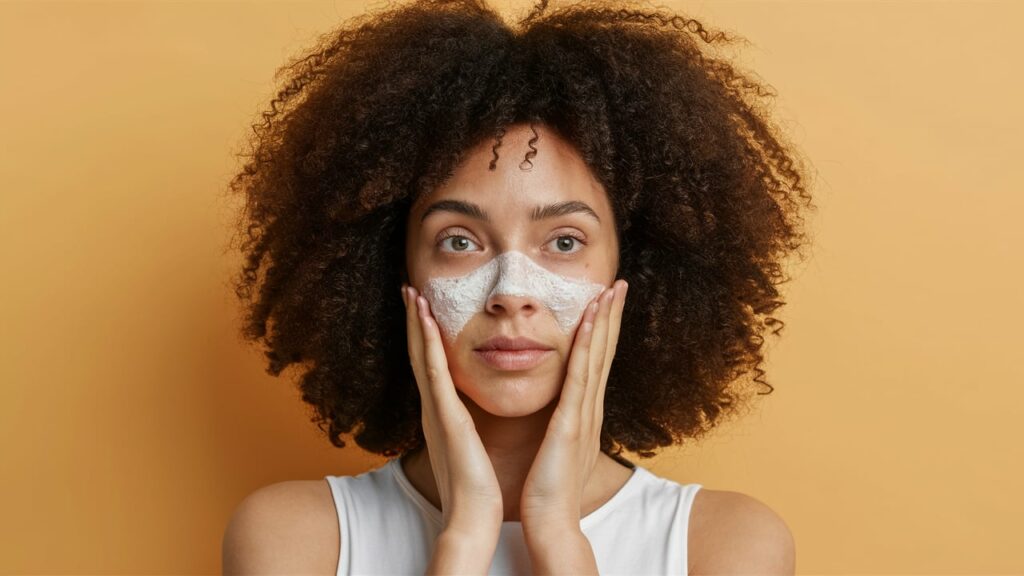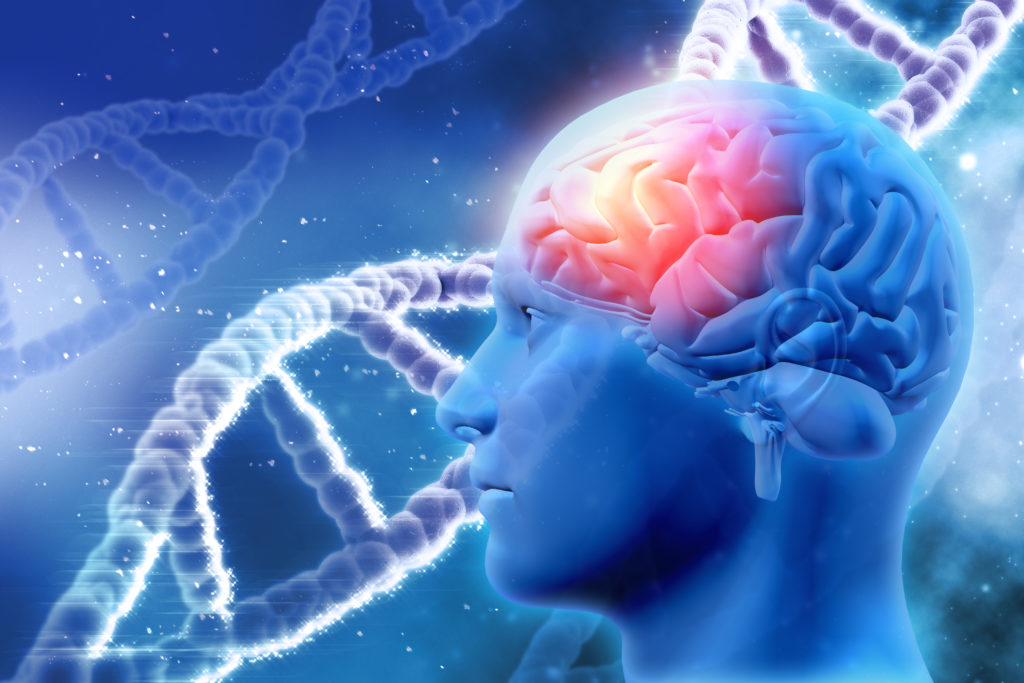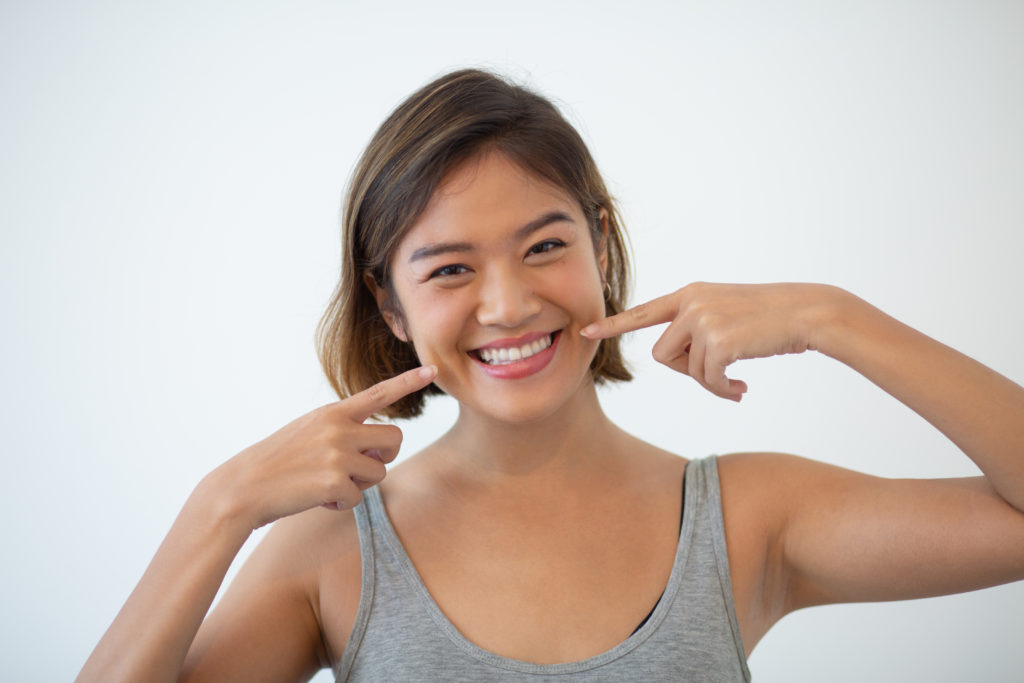Table of Contents
Exploring CBD for Rosacea Relief
Rosacea can feel like a constant battle with your own skin. I once had a close friend who faced this daily struggle. Her face often flushed red with visible bumps, making her feel self-conscious in social settings. The emotional toll was significant—her self-esteem took a hit, and she became increasingly frustrated with conventional treatments. In her quest for relief, she discovered CBD, which provided her with unexpected and promising results. Let’s dive into how CBD might help those dealing with rosacea.
Understanding Rosacea
Rosacea is a chronic skin condition primarily affecting the face. It manifests as redness, swelling, and small, visible blood vessels, often accompanied by bumps that can resemble acne. Common areas affected include the cheeks, nose, chin, and forehead. The exact cause of rosacea is not fully understood, but several factors can trigger or worsen the condition.
Causes and Triggers
Though the underlying cause remains unclear, rosacea flare-ups can be triggered by various environmental and lifestyle factors. These may include:
- Sun Exposure: Prolonged sun exposure can aggravate rosacea.
- Stress: Emotional stress is known to trigger or worsen symptoms.
- Diet: Spicy foods, alcohol, and hot beverages can be culprits.
- Climate: Extreme temperatures and humidity can also play a role.
Managing these triggers is often part of the treatment plan, but it can be challenging. This is where CBD might offer some support.
How CBD Can Help with Rosacea
CBD, or cannabidiol, is a compound derived from the cannabis plant. Unlike THC, CBD does not produce a psychoactive effect. Instead, it interacts with the body’s endocannabinoid system to regulate various functions, including inflammation and immune responses. Here’s how CBD might be beneficial for rosacea:
Anti-inflammatory Properties
One of the key benefits of CBD for rosacea is its anti-inflammatory effect. Inflammation is a significant factor in rosacea, causing redness and swelling. CBD interacts with cannabinoid receptors in the body to reduce inflammation. Research indicates that CBD can decrease the production of inflammatory cytokines, which are involved in the inflammatory process. By calming this inflammation, CBD can help to reduce the redness and swelling associated with rosacea.
A study published in the Journal of Clinical Investigation found that CBD could significantly lower inflammation by interacting with the body’s endocannabinoid system and modulating immune responses (Journal of Clinical Investigation).
Antimicrobial and Anti-acne Effects
Another potential benefit of CBD is its antimicrobial properties. Rosacea can sometimes resemble acne, with small bumps and pustules. CBD has shown promise in managing skin pathogens and regulating sebum production. It may help in reducing the growth of bacteria on the skin and balancing oil production, which can be helpful in preventing and managing acne-like symptoms.
Research published in Frontiers in Microbiology highlights CBD’s effectiveness against various bacterial strains, indicating its potential role in maintaining skin health (Frontiers in Microbiology).
Soothing Irritation
CBD’s ability to soothe irritation is another advantage for rosacea sufferers. It has been noted for its antipruritic (anti-itch) properties, which can provide relief from the discomfort associated with rosacea. By reducing itching and irritation, CBD can improve overall skin comfort and quality of life.
A study published in Cannabis and Cannabinoid Research supports the use of CBD in managing symptoms of skin irritation and itching, making it a potentially beneficial option for those with rosacea (Cannabis and Cannabinoid Research).
Choosing Between Topical and Oral CBD
When considering CBD for rosacea, you have two main options: topical products and oral supplements. Each has its benefits and can be effective depending on your needs.
Topical CBD Products
Topical CBD products are applied directly to the skin. This method provides targeted relief, making it easier to address localized symptoms such as redness and bumps. Here are a couple of options worth considering:
- CBDfx Calming CBD Balm 750mg
This balm combines CBD with soothing ingredients like shea butter and aloe vera. Users appreciate its ability to calm irritated skin and reduce redness. It’s a good choice for those who want direct application to affected areas. However, some users might find it a bit greasy or heavy. - Endoca Hemp Salve 750mg
Known for its high-quality hemp extract, this salve offers effective relief for localized symptoms. It’s designed to be gentle on sensitive skin and is praised for its purity and effectiveness. The primary downside is its higher price point compared to other products.
Oral CBD Products
Oral CBD supplements provide systemic relief, potentially affecting the body’s overall inflammation and immune response. This can be beneficial if your symptoms are more widespread or if you’re looking for a more convenient option. Here’s a recommended product:
- SabaiDee Pure Good Vibes Tincture
This tincture is a popular choice due to its potency and pleasant flavor. It’s easy to incorporate into your daily routine and provides a broader approach to managing symptoms. It’s essential to start with a lower dose and adjust based on how your body responds. Some users may experience delayed effects, so patience is key.
How to Use CBD for Rosacea
If you’re considering adding CBD to your rosacea treatment plan, here are some tips to get started:
Choosing the Right Product
Select a product based on your symptoms and preferences. For localized relief, topical products might be more effective, while oral supplements offer broader benefits. Pay attention to potency, formulation, and your own skin sensitivity. Start with a lower dose to gauge how your skin reacts.
Application Tips
For topical products, apply to clean skin. Gently massage the product into the affected areas and follow the recommended dosage. With oral supplements, follow the dosage instructions on the product label. It may take some time to notice improvements, so consistency is essential.
Combining with Other Treatments
CBD can be part of a broader treatment plan. It’s essential to continue using any prescribed medications or follow your dermatologist’s advice. CBD should complement, not replace, other treatments.
Consulting Healthcare Professionals
Before starting any new treatment, including CBD, consult with a healthcare provider. This is particularly important if you have any underlying conditions or are taking other medications. A dermatologist or medical professional can help you determine the best approach for your specific needs.
Final Thoughts
CBD offers a potential natural alternative for managing rosacea. Its anti-inflammatory, antimicrobial, and soothing properties might provide relief from the redness, bumps, and irritation associated with the condition. If you’re curious about trying CBD, share your experiences with others and consider discussing it with your dermatologist to tailor the treatment to your needs.
Interesting Reads:
Top Colorado CBD Wholesale Companies



